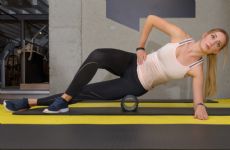|
If there was one perfect exercise, it would quite possibly be walking. Not only does it improve heart health and burn calories, but it also strengthens the bones and reduces stress. Plus, walking is low-impact, easy on the joints and requires no equipment other than good shoes and stable ground—which means almost everyone can do it. That being said, for all the wonderful benefits of walking, there's actually no such thing as "one perfect exercise." Every activity, no matter how awesome, is always more beneficial when paired with a complementary one. It's a concept called cross-training, and it helps prevent overuse injuries, balances out the muscles and promotes better recovery after workouts. It also adds variety to workouts, which prevents boredom and burnout. Strength training is an ideal cross-training activity to pair with walking. "Walking is a purely cardiovascular exercise and burns calories, but it generally does not help you gain muscle or improve strength, balance or coordination," says Laura Arndt, CEO of the Matriarc health and wellness app. "Walking uses the same muscles over and over again in the same way, so you need strength training to balance out the parts of your body you're not using, to keep your core strong and to protect your joints." Plus, as personal trainer Clint Fuqua notes, walking without any strength work can actually cause some posture problems. "Walking, much like running, can cause shoulder and neck issues when posture is not kept in check, as shoulders will round forward and hips will start to tuck under," he warns. Walking lacks a resistance component—unless you incorporate hills or carry heavy objects (which we don't recommend)—and, as a result, won't help with maintaining muscle or bone mass, leading to weakness and potential bone breaks. "Strength training will help to improve posture, increase lean muscle and bone mass, and reduce stress on your joints, along with improving [your] resting metabolic rate and your ability to burn more calories during the day, leading to an even better-looking body and longer, more enjoyable walks," Fuqua says. Mini Band ExercisesBetina Gozo, Nike Master TrainerGozo recommends doing these mini band exercises three times a week as an effective complement to walking workouts. Do your best to keep your toes and knees forward, keeping tension on the band the whole time. "Don’t worry about picking a band that is super heavy in resistance," Gozo says. "Focus on your form and on activating your hips." See this video for demonstrations of these four mini band exercises. Mini Band Standing Abduction
Front LungesRocky Snyder, CSCS, NSCA-CPT, owner of Rocky's Personal Fitness TrainingThis exercise encourages proper weight bearing and proper joint action when walking.
RowsClint Fuqua, trainer and health coachRows will help ensure proper shoulder posture while walking and during all other daily activities. This will take pressure off the neck and shoulders, which often leads to headaches, shoulder, elbow and even wrist pains.
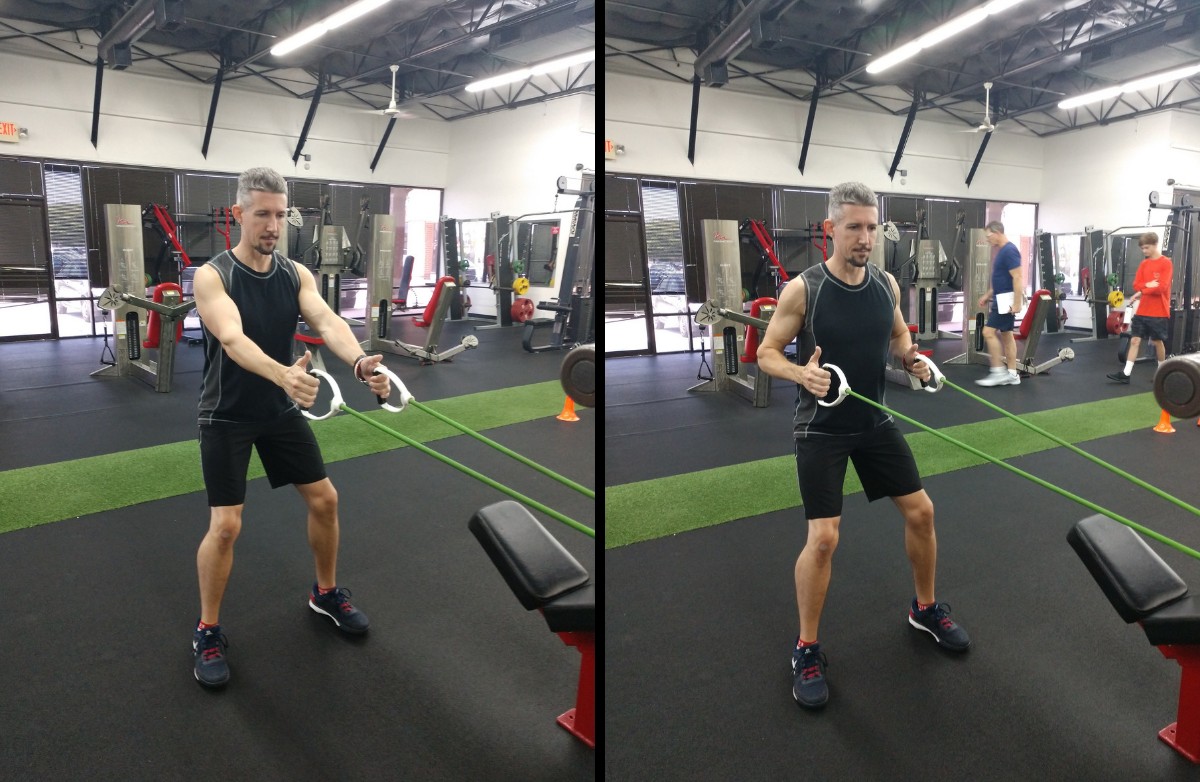 Bird DogJacob Matthews, director of fitness and sports performance at California Sports and FitnessThis move strengthens the majority of the back muscles unilaterally, helping to fix any imbalances.
 Lateral LungeRocky SnyderThis move encourages the inner thighs to lengthen and shorten, which many walkers have a hard time doing.
SupermanLaura Arndt, CEO of the Matriarc post-delivery wellness appThis exercise helps to strengthen your lower back and improve posture, something that's important for walkers.
 SquatsClint FuquaSquats will further help with posture while strengthening the legs, lower back, arms and abs. The added bonus is light spine and hip loading, which will keep the bones strong and ensure that all related joints are functioning properly. The goal is posture and joint stability, so you can move well and stay in position during long walks or when lifting heavy objects.
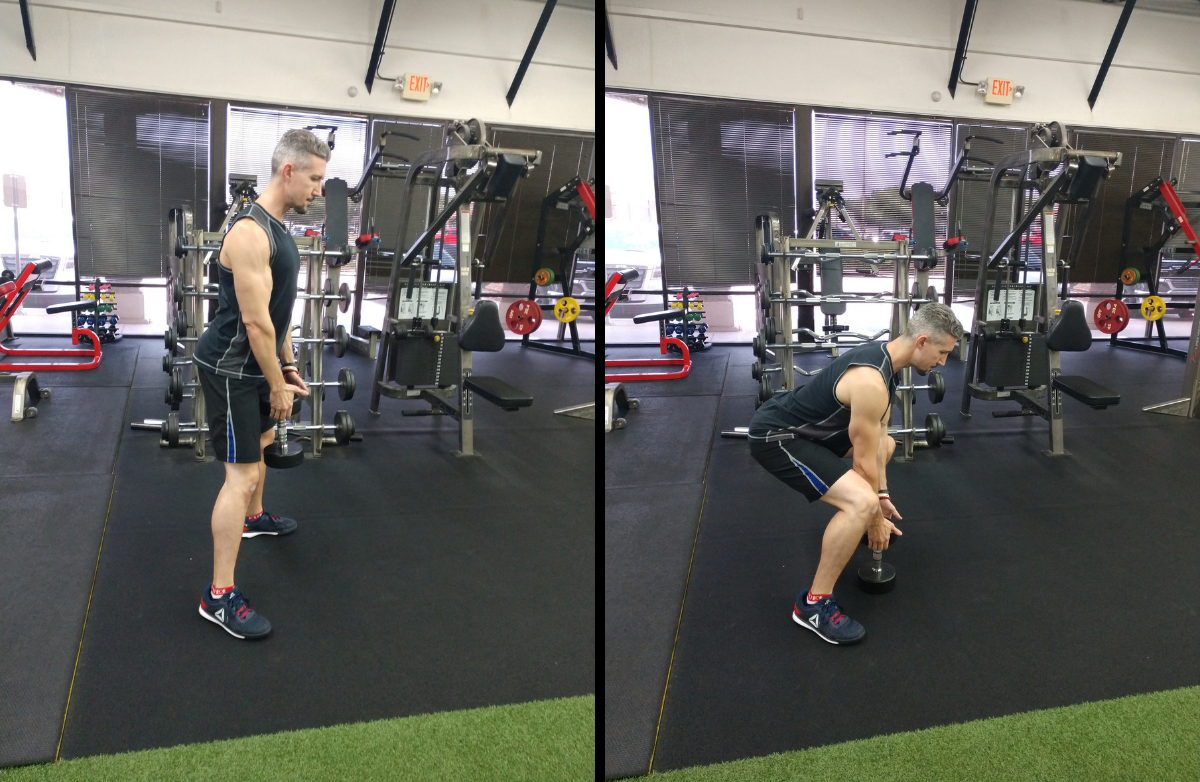 Calf RaisesDr. Alice Holland, doctor of physical therapy at Stride Strong Physical TherapyThe calf is the one muscle that works the hardest in standing and weight bearing. Strengthening that muscle will help with shock absorption while walking.
.jpg) Forward Leg RaisesClint FuquaLeg raises can be done either sitting or standing. These will both help with strengthening lower leg muscles and stretching the hamstring and sciatic nerve to improve mobility and reduce tightness.
.png) Side Leg RaisesLaura ArndtWalkers focus on only a forward and back motion, which can lead to weak and tight hips and hip flexors. You need some side-to-side motion to keep the hip muscles strong and to minimize the risk of injury.
 Glute BridgeJacob MatthewsThis exercise will strengthen the glutes which can help balance out the tight hip flexor caused by walking.
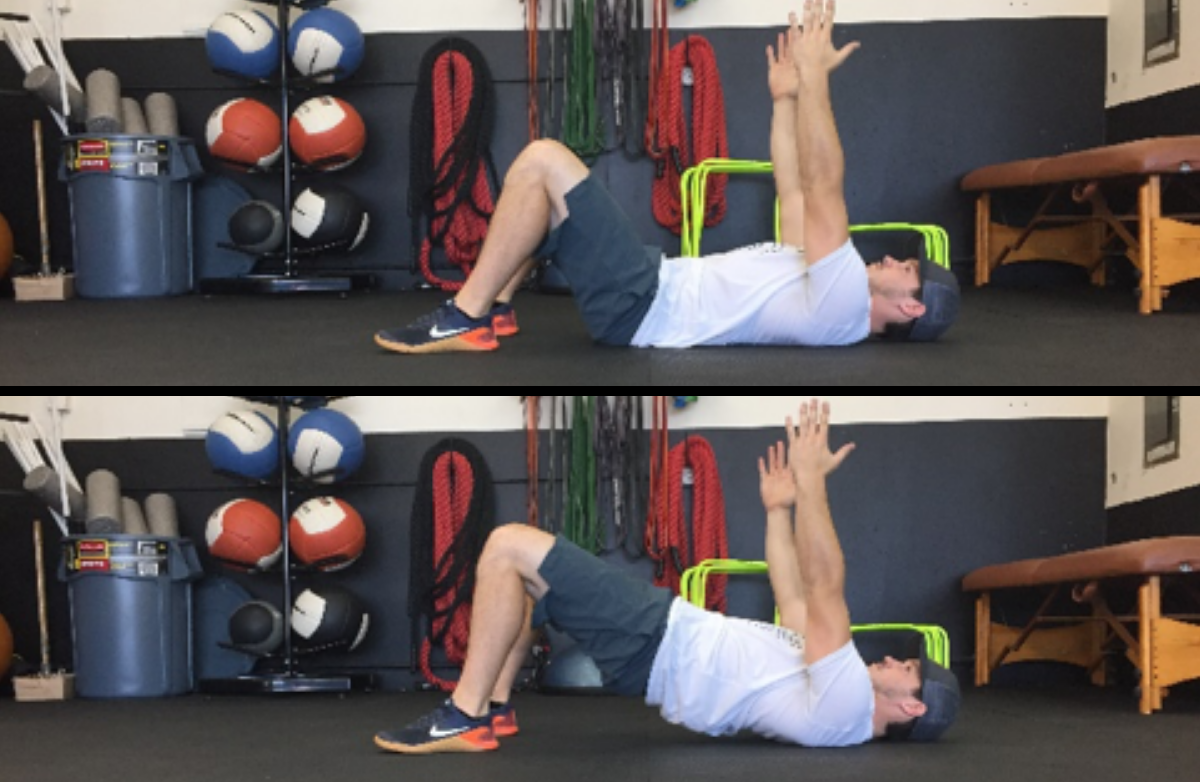 Crossover LungeRocky SnyderThis exercise helps to train the biggest muscles, the gluteals, to properly load and then fire up to propel the body forward while walking.
Ankle RaisesDr. Alice HollandThe anterior tibialis muscle worked in this exercise is responsible for picking the foot up off the ground when walking. It is also a muscle that can have spasms when walking for a long time.
.jpg) Dead BugJacob MatthewsThis move will help maintain a neutral pelvis through hip flexion and extension
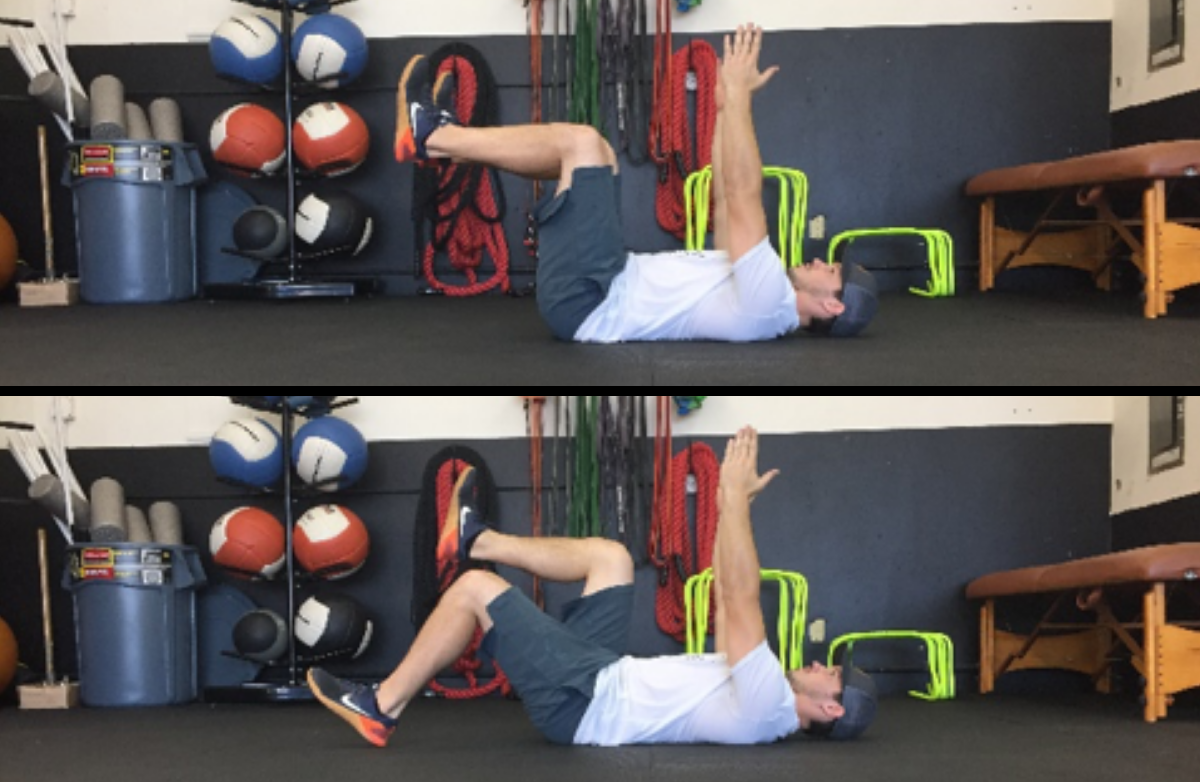 |
Popular Entries
Related Entries
More From SparkPeople
|






